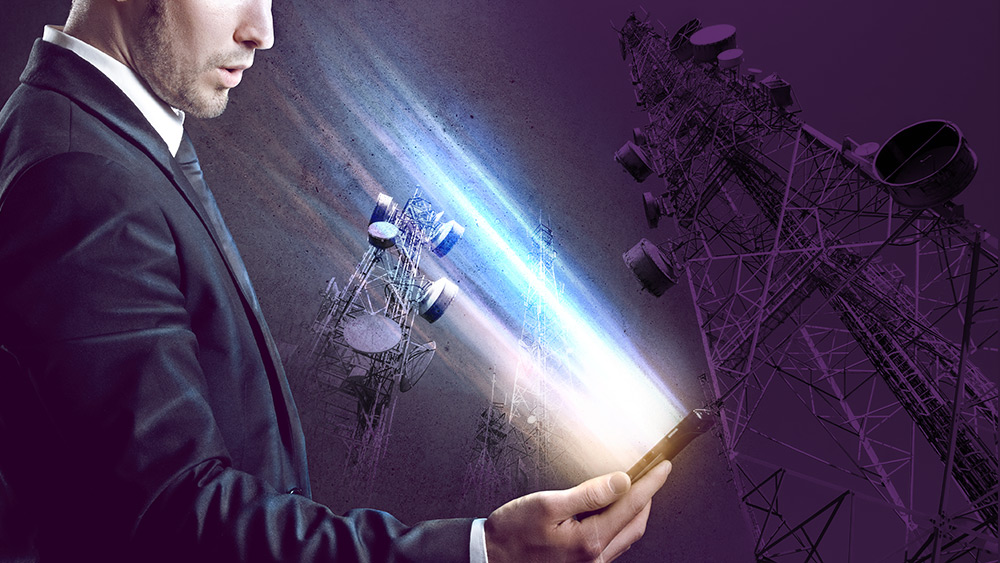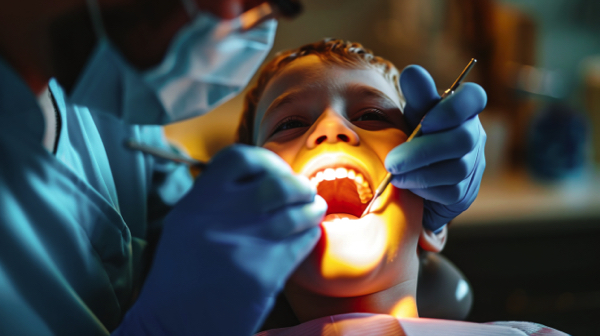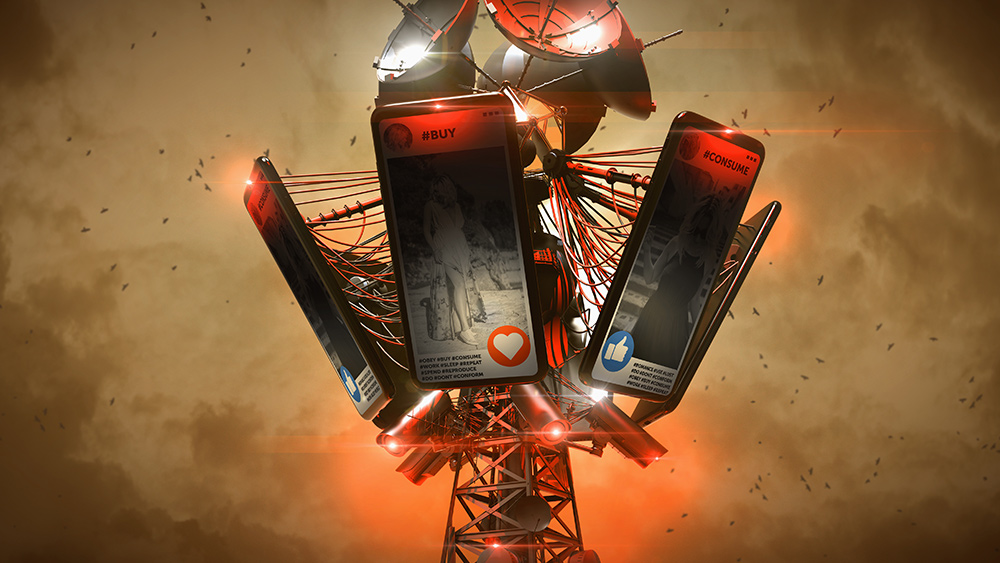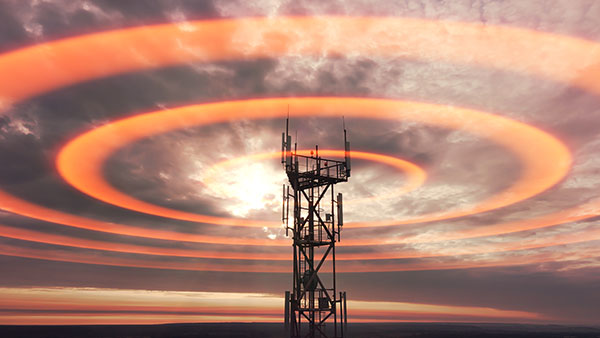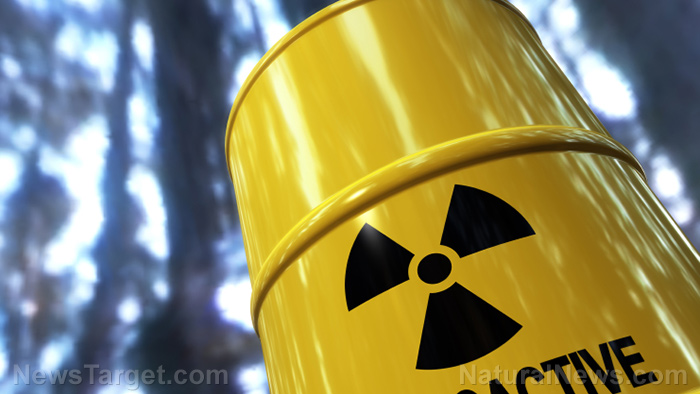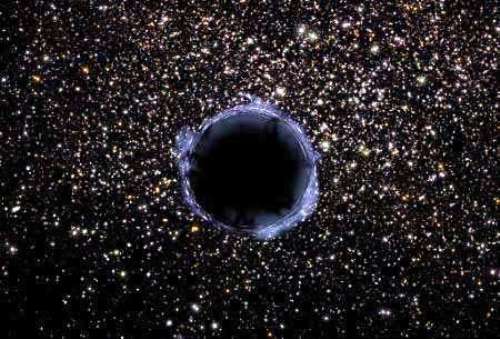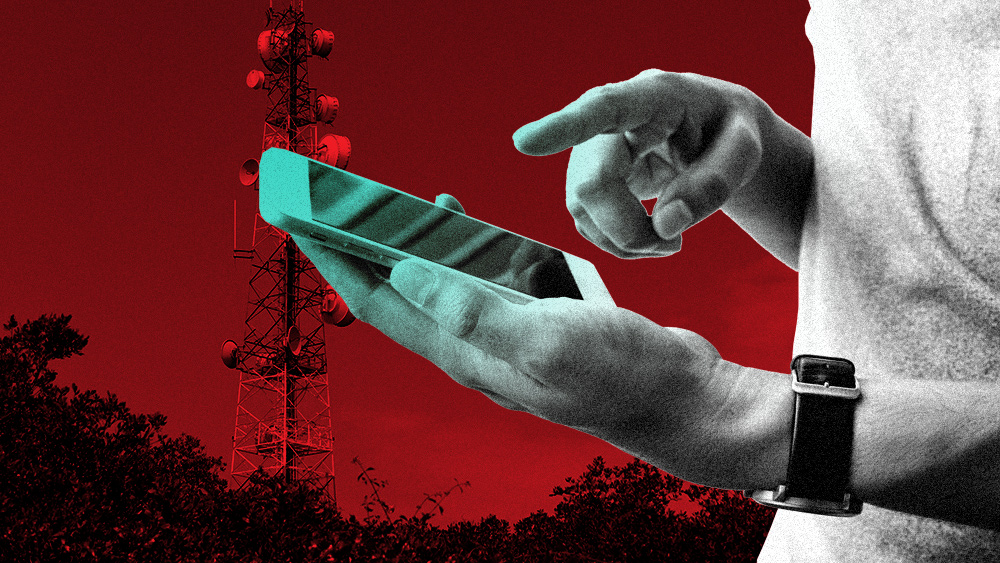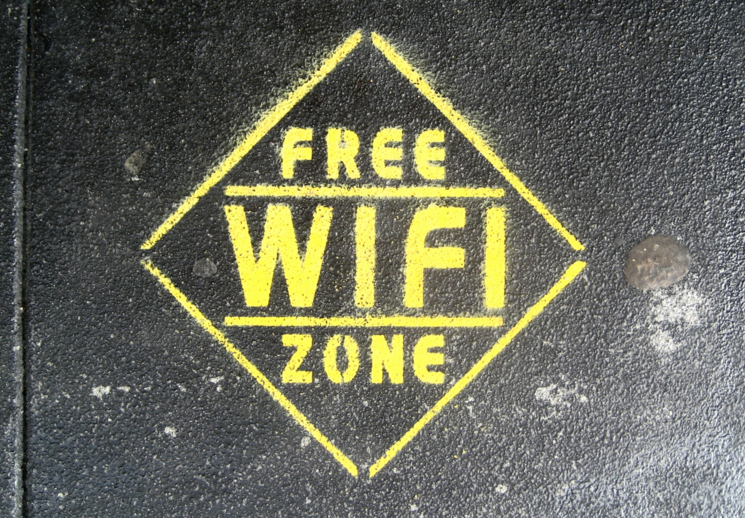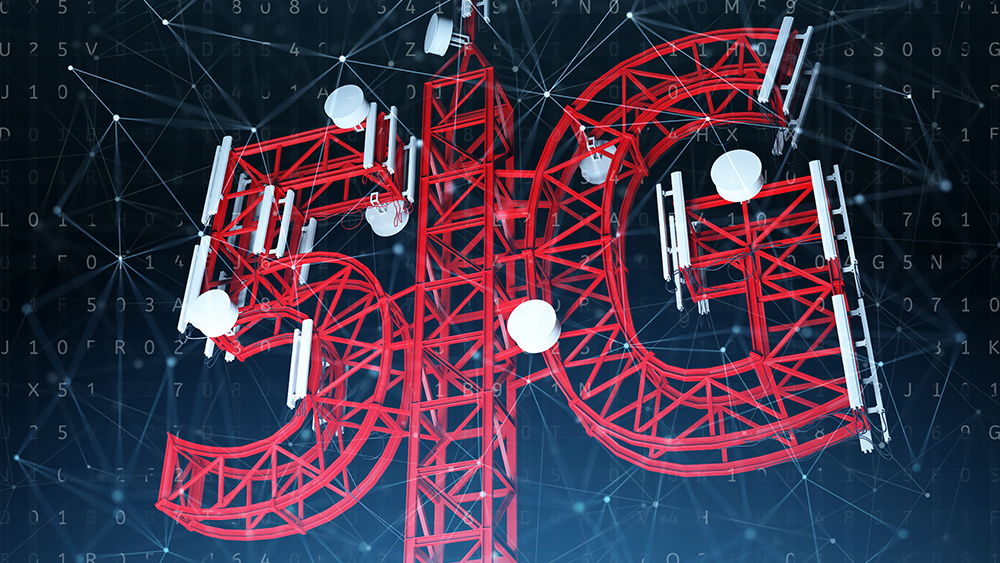CT scan radiation doses skyrocket 244%; Are doctors exposing patients to unnecessary cancer risks?
09/03/2025 / By Cassie B.
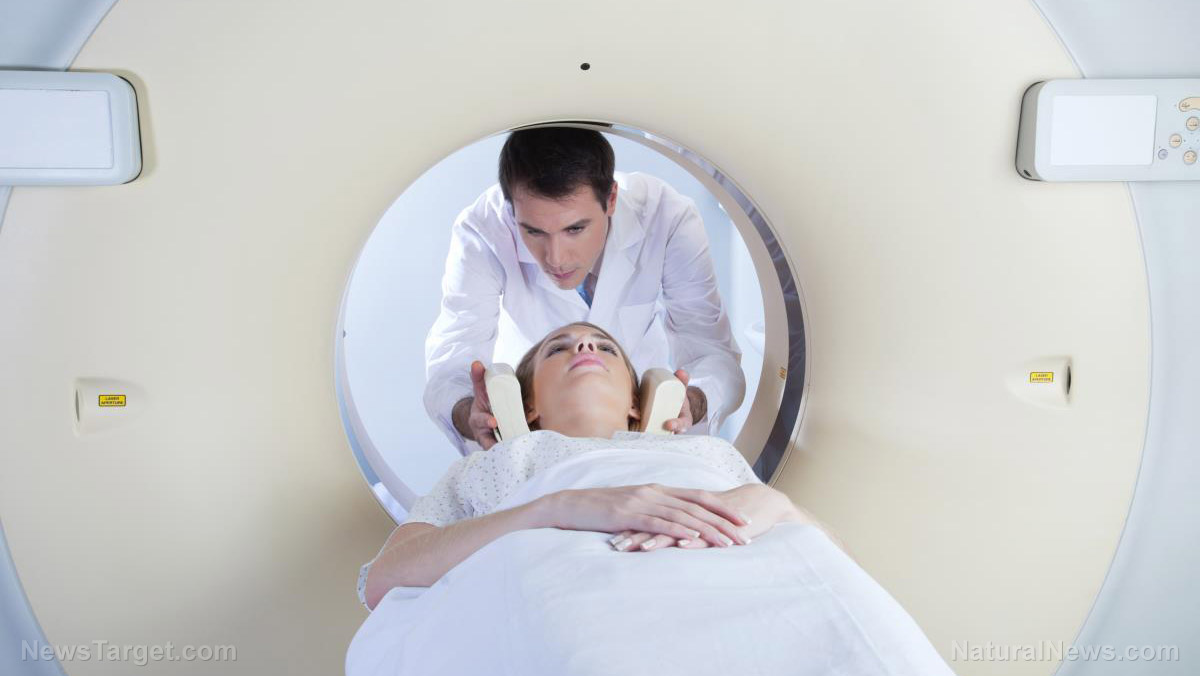
- High-dose CT scans have surged 244% since 2017, with 80% given to obese patients who require more radiation for clear images.
- A single CT scan can expose patients to radiation equivalent to 1,000 chest X-rays, potentially increasing cancer risk by 35% over time.
- One in three CT scans may be medically unnecessary, potentially contributing to 103,000 future cancer cases in the U.S. alone.
- Modern CT scanners often lack built-in protections against excessive radiation doses, especially for larger patients requiring complex scans.
- Patients can protect themselves by questioning scan necessity, demanding dose optimization, keeping personal imaging records, and advocating for safer protocols.
You walk into the hospital with a nagging pain, and your doctor orders a CT scan. You don’t think twice—after all, it’s just a quick test, right? But what if that “routine” scan exposed you to four times more radiation than you were told? What if, over time, those scans could increase your cancer risk by 35 percent? And what if 80 percent of the highest-dose scans—the ones most likely to harm—are being given to obese patients, whose bodies require more radiation for clear images?
Unfortunately, these are documented facts, backed by studies in the British Journal of Radiology and JAMA Internal Medicine. Researchers have found that high-dose CT scans (50+ millisieverts) have surged by 244 percent since 2017, with obesity driving much of the increase. Even worse? One in three CT scans may be medically unnecessary, exposing millions to avoidable radiation that, over time, could contribute to 103,000 future cancer cases in the U.S. alone.
The radiation doses they’re not telling you about
Most people assume CT scans are low-risk, high-reward tests that are a quick way to diagnose everything from appendicitis to cancer. But here’s what your doctor won’t mention:
- A single CT scan can expose you to the same radiation as 1,000 chest X-rays.
- Modern scanners, while faster and clearer, often lack built-in protections against excessive doses, especially for larger patients.
- High-dose scans (50+ millisieverts) nearly tripled from 2017 to 2022, with 80 percent of those scans given to obese patients whose extra tissue requires more radiation for a clear image.
“Newer CT scanners are very powerful and can scan quickly with high image quality, but they sometimes lack built-in checks to prevent unnecessarily high radiation doses—especially in larger patients or complex scans,” warned Madan M. Rehani, a Harvard Medical School radiology professor and radiation protection expert.
With 40 percent of Americans now classified as obese (up from 15 percent in the 1980s), this isn’t just a niche problem; it’s a public health crisis in the making.
How much radiation is too much?
The human body is exposed to about 3 millisieverts of natural radiation per year, mostly from radon, cosmic rays, and trace elements. A standard CT scan? 10 to 20 millisieverts—the equivalent of 3 to 7 years’ worth of natural exposure in one sitting.
But here’s where it gets truly dangerous: High-dose scans (50+ millisieverts) cross a critical threshold where radiation’s cancer-causing effects become statistically significant. In addition, ionizing radiation can break DNA strands, leading to mutations that, over time, may trigger leukemia, thyroid cancer, or solid tumors in radiosensitive organs like the breasts, lungs, and colon. Keep in mind that children and young adults are especially vulnerable; infants and adolescents face the highest lifetime risk.
Yet despite these risks, CT scan usage has surged by 35 percent since 2007, with millions of scans performed annually—many of them unnecessary.
What you can do to protect yourself
The medical industry won’t fix this overnight—but you can take control of your own health.
- Ask if the scan is truly necessary: In some cases, alternative imaging methods may work. For example, ultrasound or MRI often work for gallstones, soft tissue injuries, and abdominal issues.
- Demand dose optimization: Ask if they will be using a dose-optimized protocol for your body size. If you’re overweight, insist on a facility with advanced low-dose CT technology.
- Keep a personal record of your scans: Repeated exposure adds up, so bring your imaging history to every doctor’s visit to avoid unnecessary duplicates.
- Advocate for yourself—especially for children: Kids are far more sensitive to radiation. If your child needs a CT, ask about child-specific protocols or alternatives like ultrasound.
Don’t be a passive patient
The medical system profits from scans, whether they’re necessary or not. Hospitals, radiologists, and equipment manufacturers all have financial incentives to keep the machines running. But your health isn’t their priority—it’s yours.
“CT can save lives, but its potential harms are often overlooked,” warned Dr. Rebecca Smith-Bindman, lead author of the JAMA Internal Medicine study. “Given the large volume of CT use in the United States, many cancers could occur in the future if current practices don’t change.”
You don’t have to refuse a CT scan if your doctor insists it’s critical. But you do have the right to ask questions, demand safer protocols, and seek second opinions. When it comes to radiation, what you don’t know can hurt you.
Sources for this article include:
Submit a correction >>
Tagged Under:
cancer, CT scans, EMF, hospital homicide, imaging tests, radiation, resist
This article may contain statements that reflect the opinion of the author
RECENT NEWS & ARTICLES
COPYRIGHT © 2017 RADIATION NEWS

